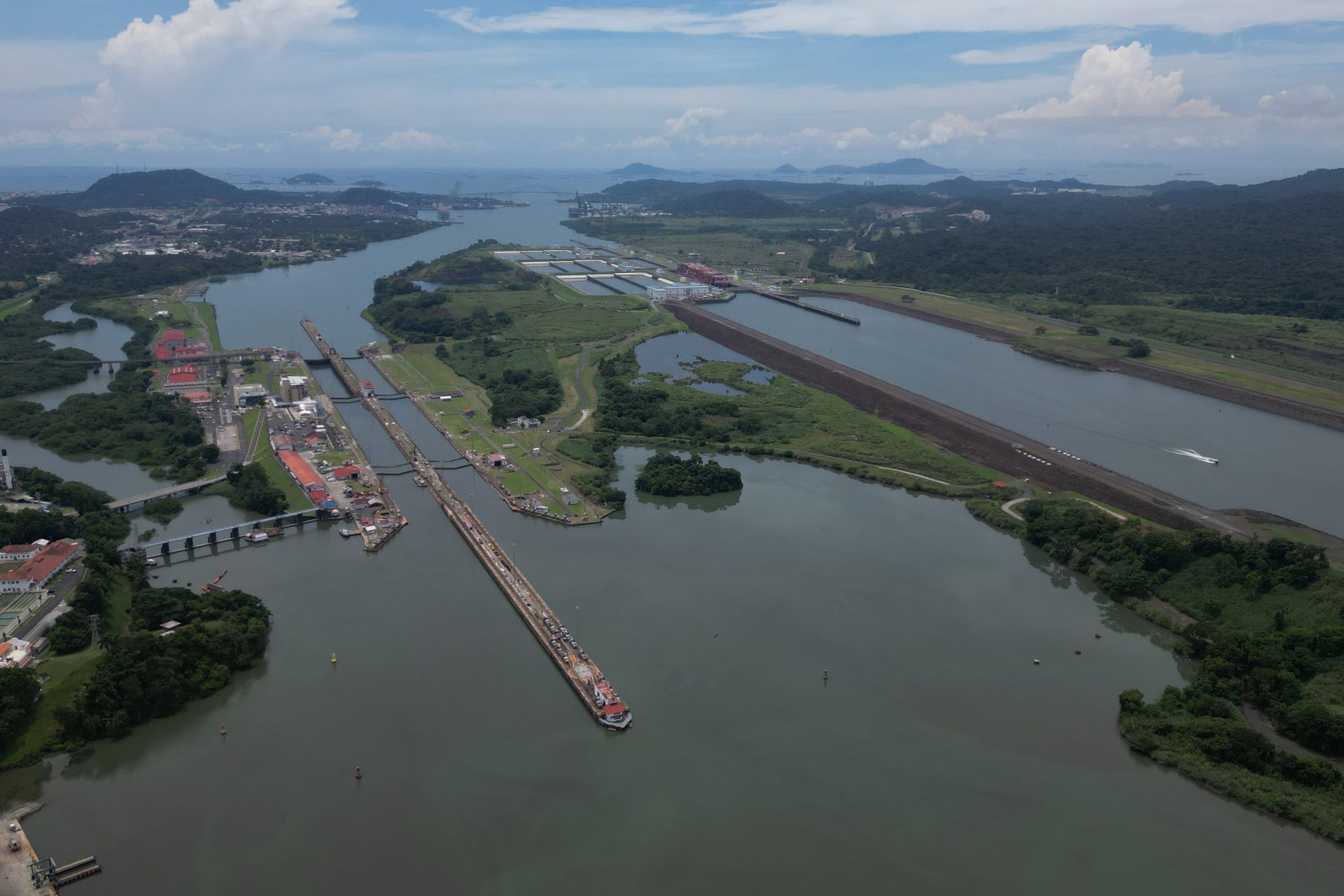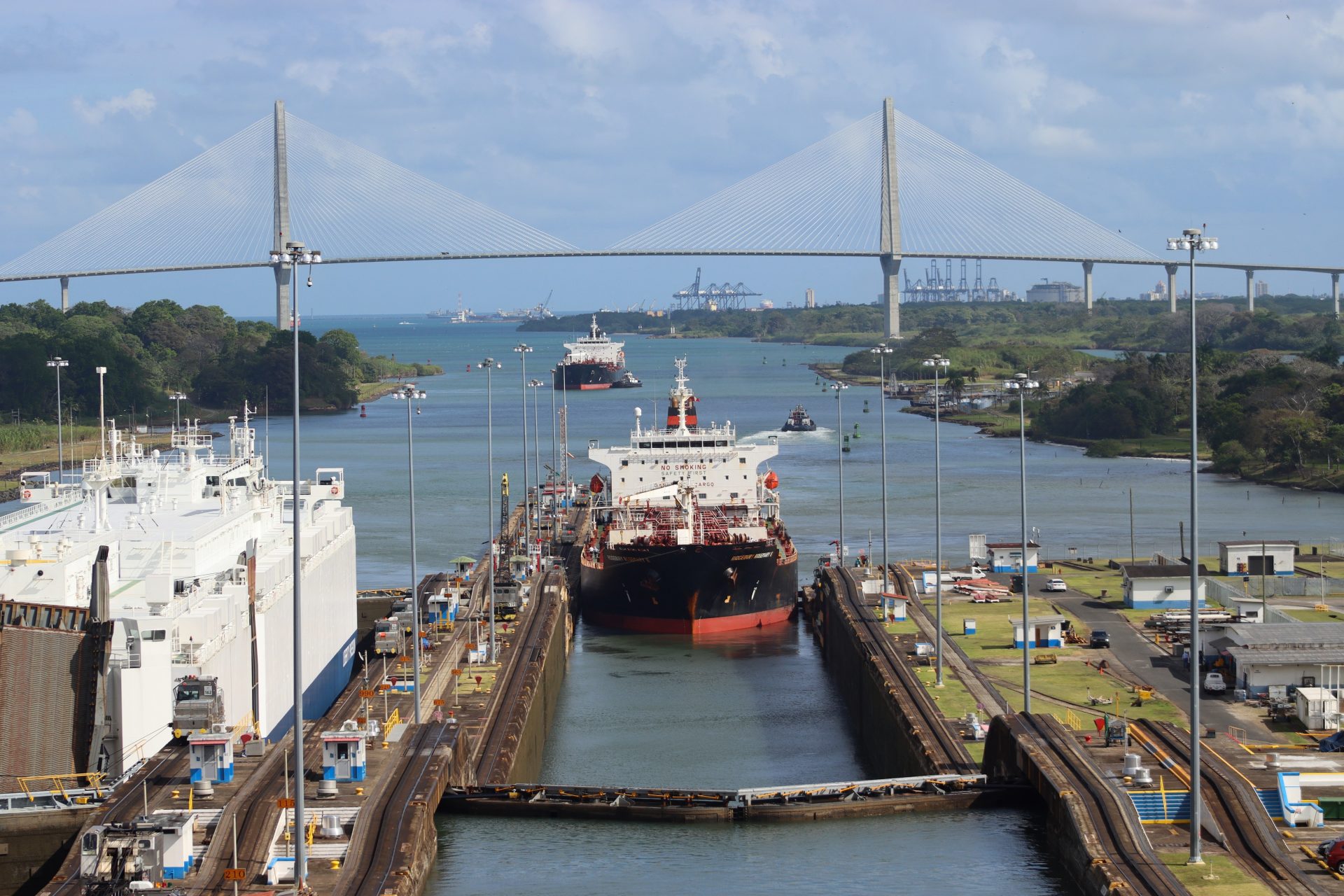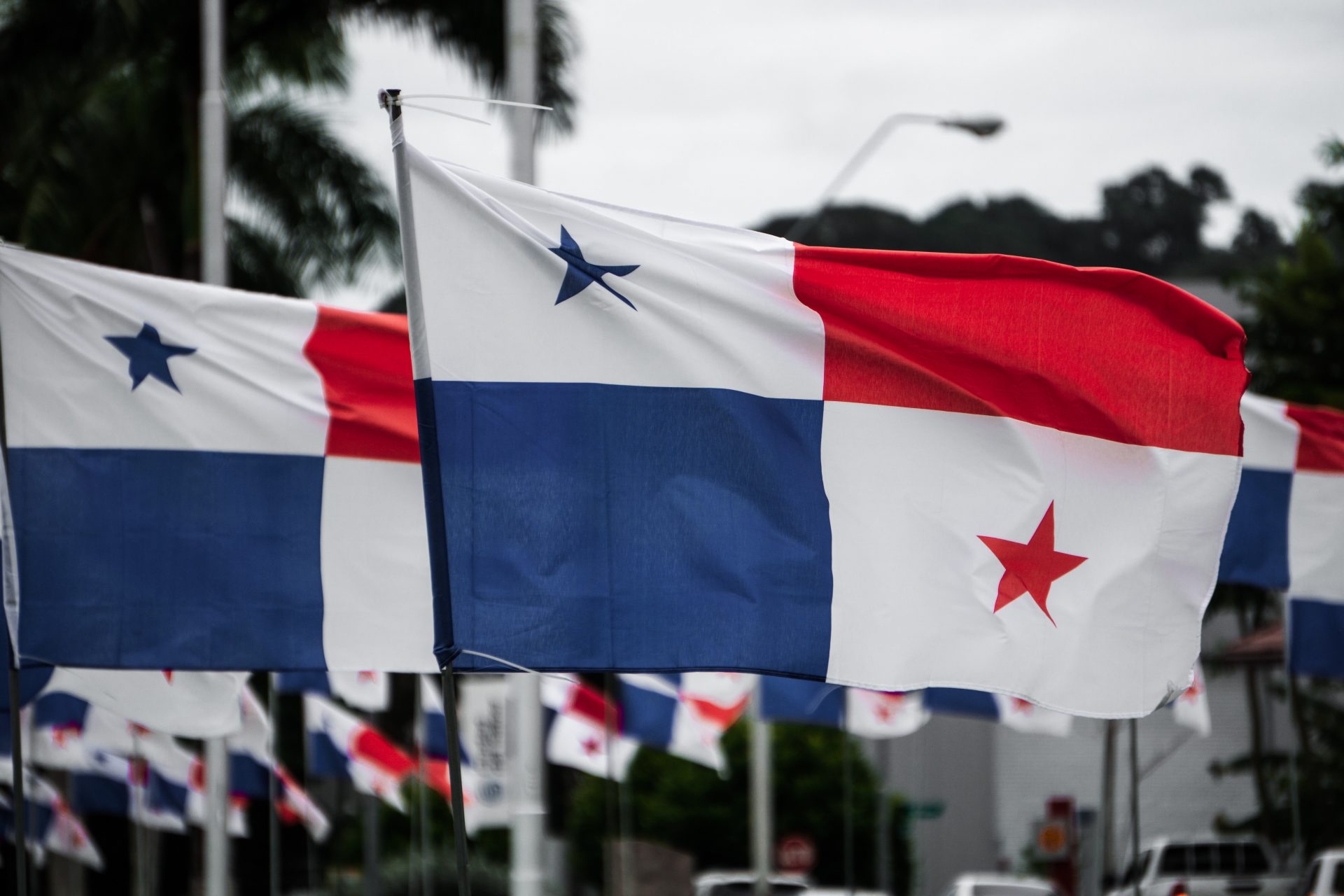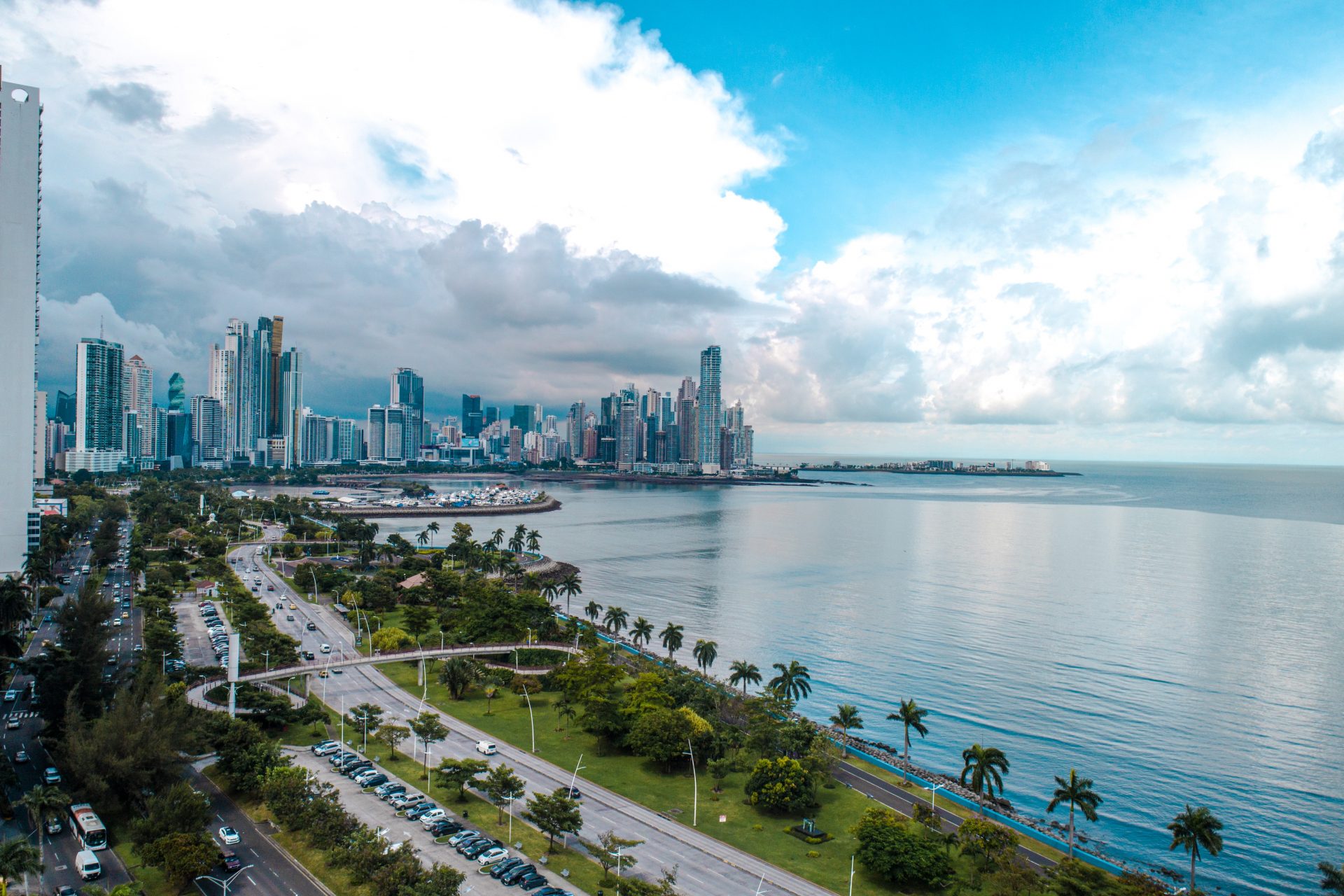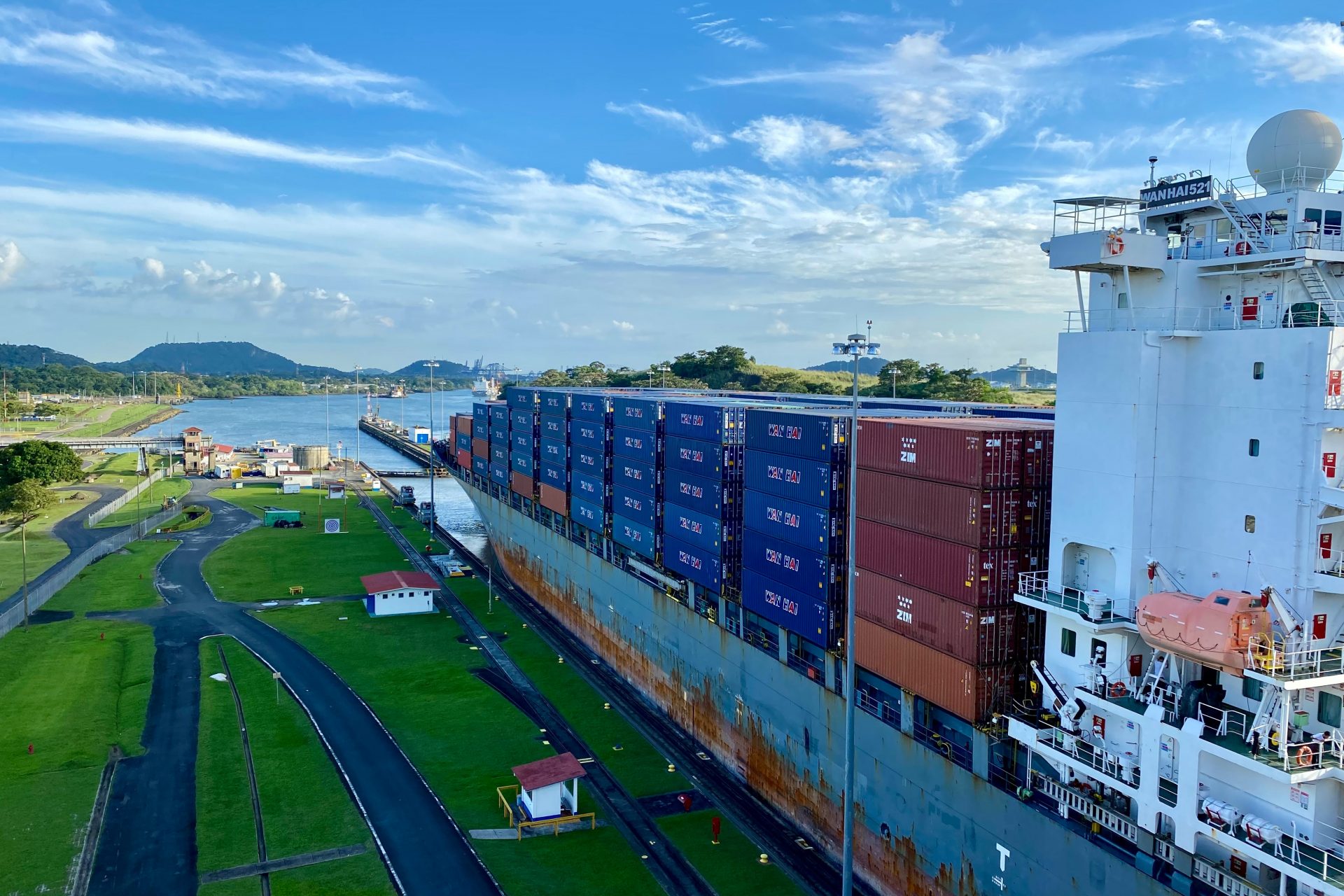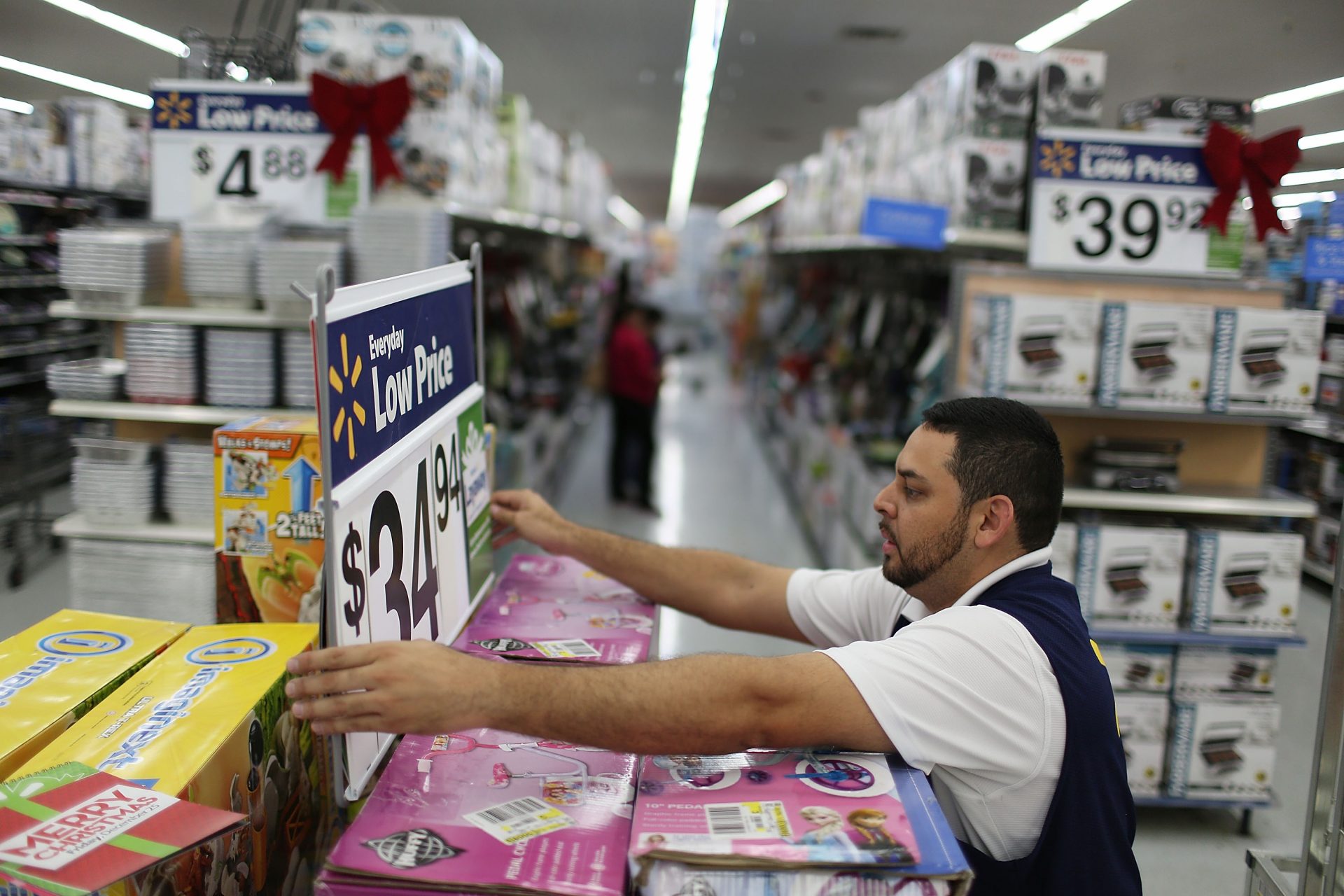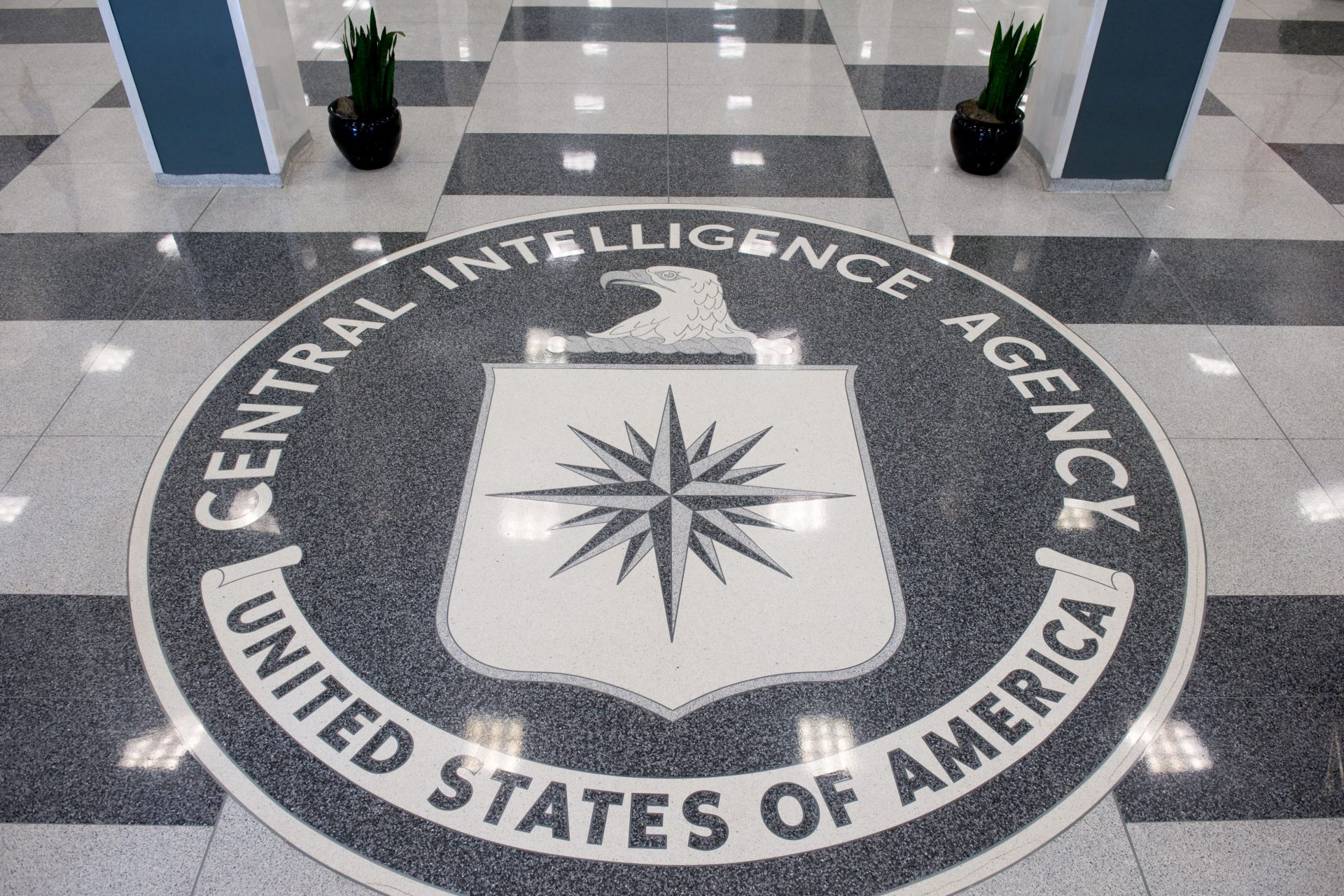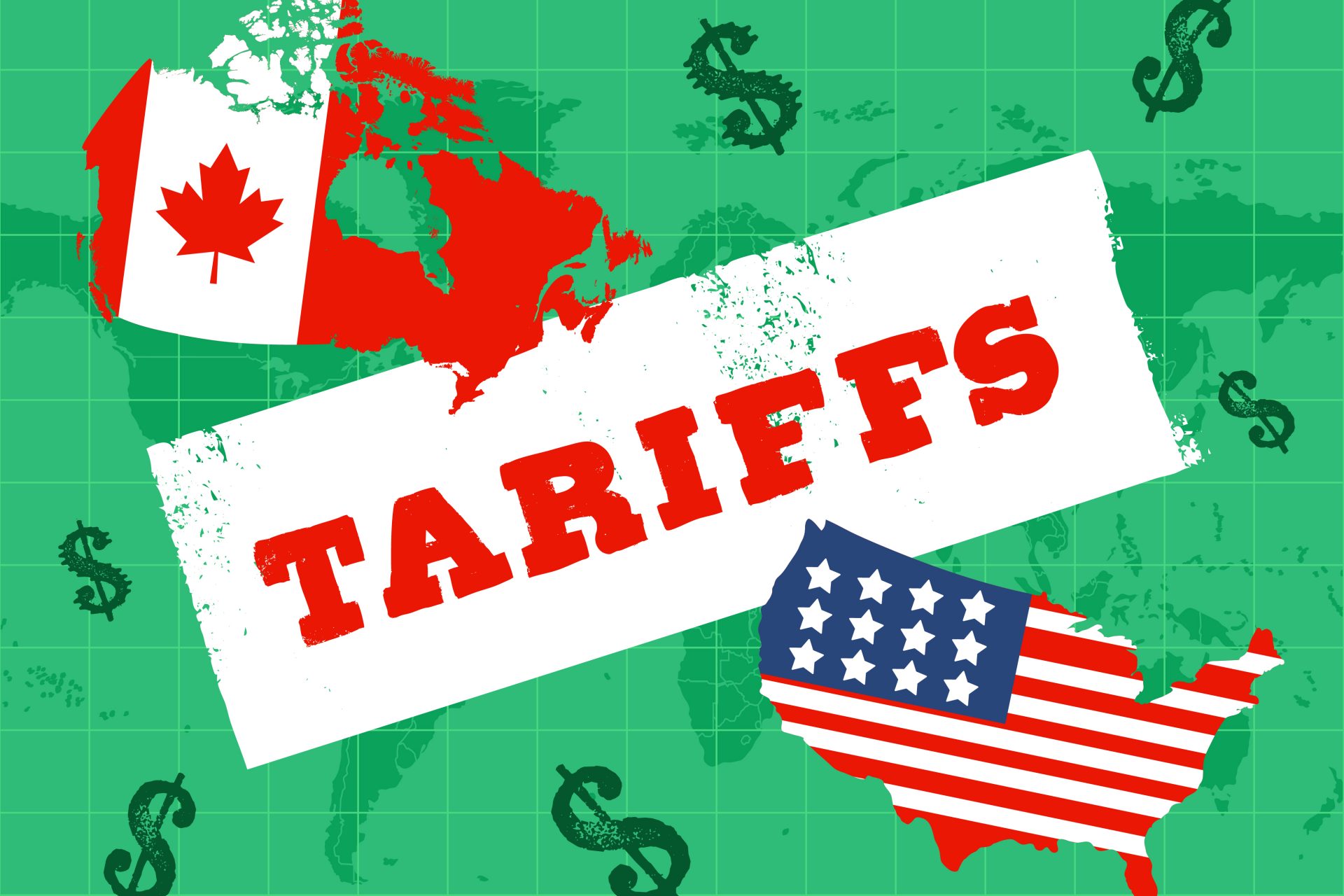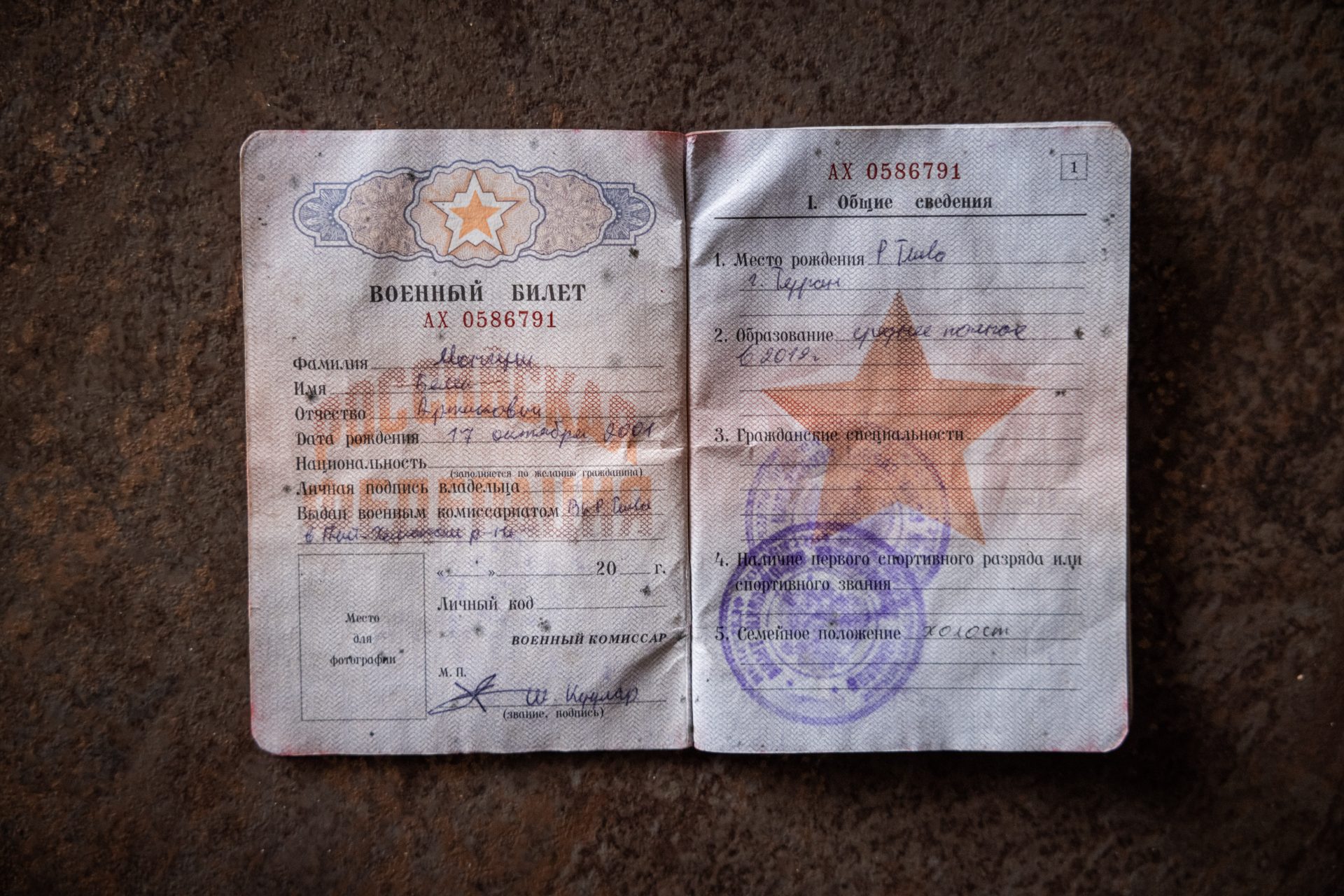The Panama Canal is drying up and your wallet could be affected
The Panama Canal might be the latest victim of the climate change. Months of drought in Central America have created low levels of water, affecting the causeway that serves as a shortcut between the Pacific and the Atlantic Ocean.
Business Insider explains that, in regular conditions, it takes between two and three days for a vessel to go through the Panama Canal. However, extreme weather conditions added another seven days to the journey.
The Panama Canal works with a lock system that make use of two freshwater lakes to allow vessels that travel between the Atlantic and the Pacific Ocean.
Image: @alexanthony / Unsplash
The abnormally dry rain reason, brought by the climate change, have meant that these two lakes have not properly replenished, reaching historically low water levels.
Panamanian authorities have considered diverting water to feed the lakes and building additional water reservoirs, CBS News informs.
Image: @luchox23 / Unsplash
To top it all off, the two lakes also serve as the main water source for Panama City, the country’s capital and biggest city of almost half a million people.
Image: @luisalemanmx / Unsplash
Severe restrictions imposed by the drought have limited travel through the Panama Canal, limiting the number and the weight of the vessels, as Al Jazeera has reported.
Image: @sirvar / Unsplash
Some experts believe that the traffic jam created by the extreme weather in the Panama Canal could take up to 10 months to clear, as more and more vessels await to travel through the causeway.
The traffic jam in the Panama Canal could affect the supply chain between the Atlantic and the Pacific Ocean and cause a price hike in goods that make use of the causeway.
CNN comments that while the drought on the Panama Canal have had a minimal effect on US retailers and consumers, a potentially bigger disruption could be brewing.
Business Insider highlights that the consequences of the Panama Canal traffic jam could hike up prices for the holiday season.
According to CBS News, up to 40% of the world’s cargo ship traffic goes through the Panama Canal.
Almost 70% of all the traffic of the Panama Canal is traveling to or from the United States, which would be the biggest economy affected by the drought hitting the causeway.
However, experts interviewed by Al Jazeera consider that trade between Europe and Asia would not be affected by the bottleneck forming in the Panama Canal.
Nonetheless, from the Mississippi River to the Rhine, many important waterways have been affected by climate change, disrupting important trade and affecting the lives of people who depend on these rivers.
Many people wonder if the Panama Canal will continue to be an available causeway between two oceans if the extreme weather caused by the climate change goes on.
Image: @angelslopezl / Unsplash
More for you
Top Stories



